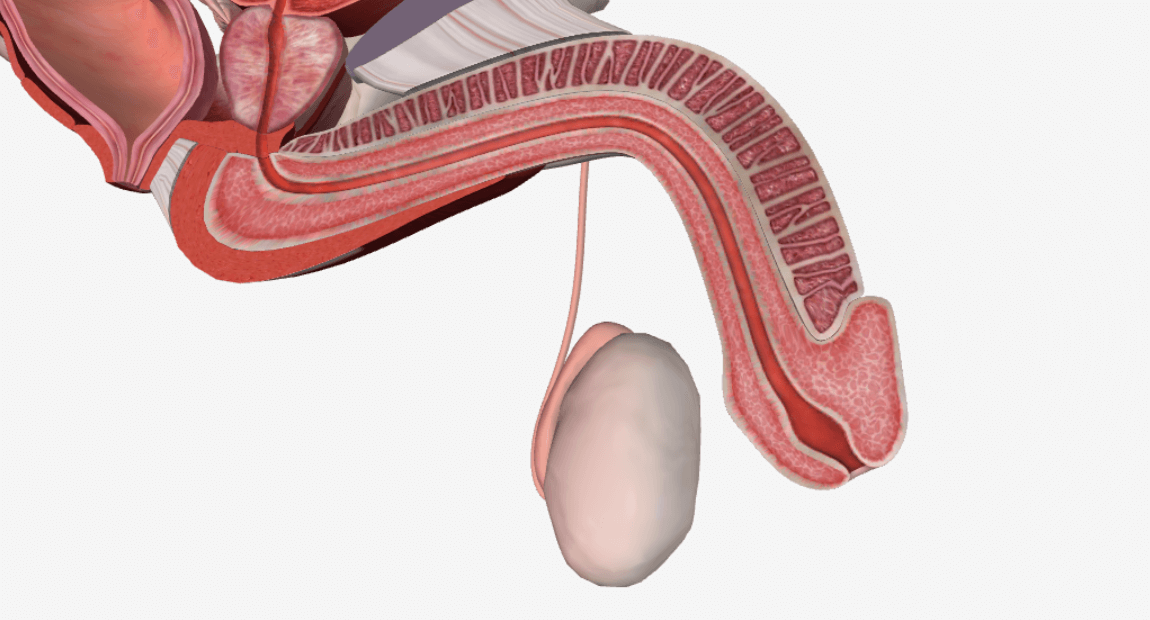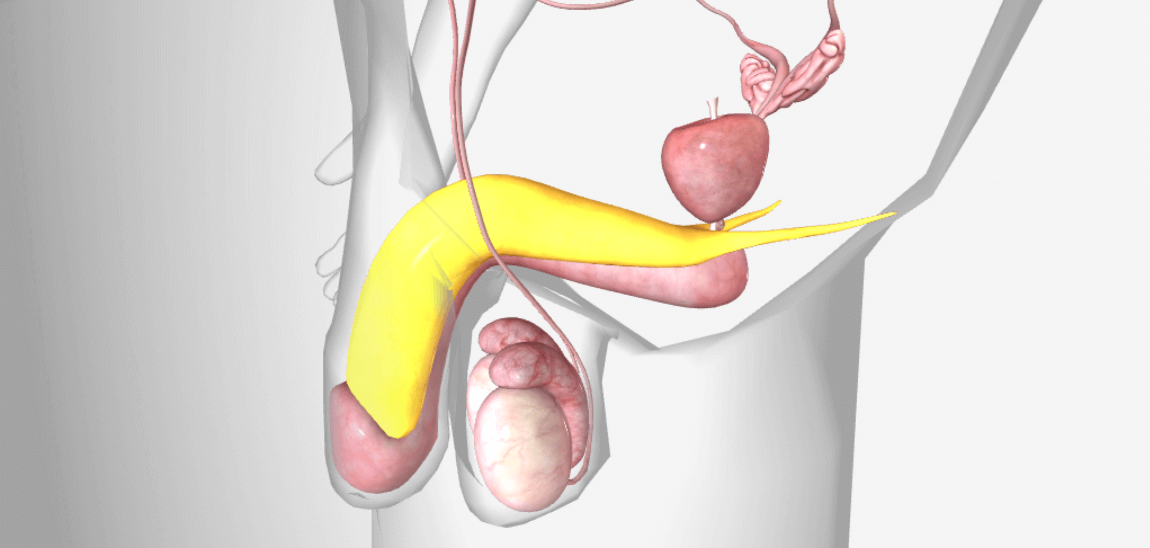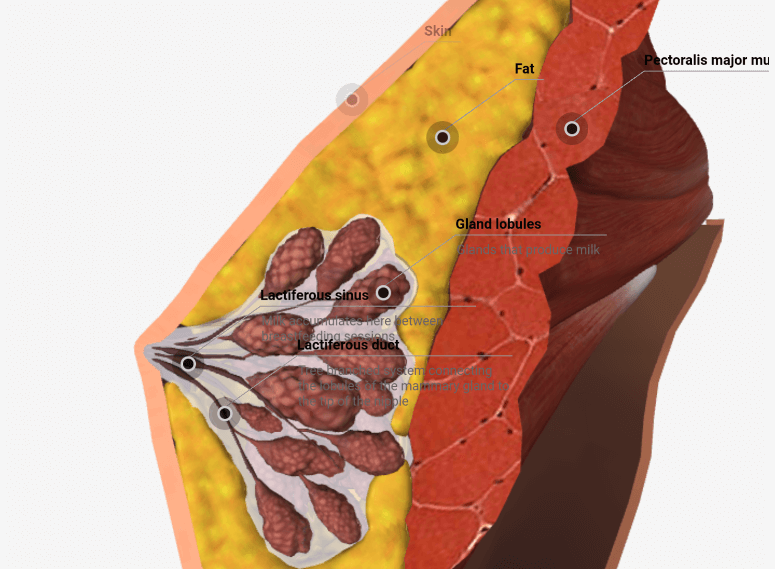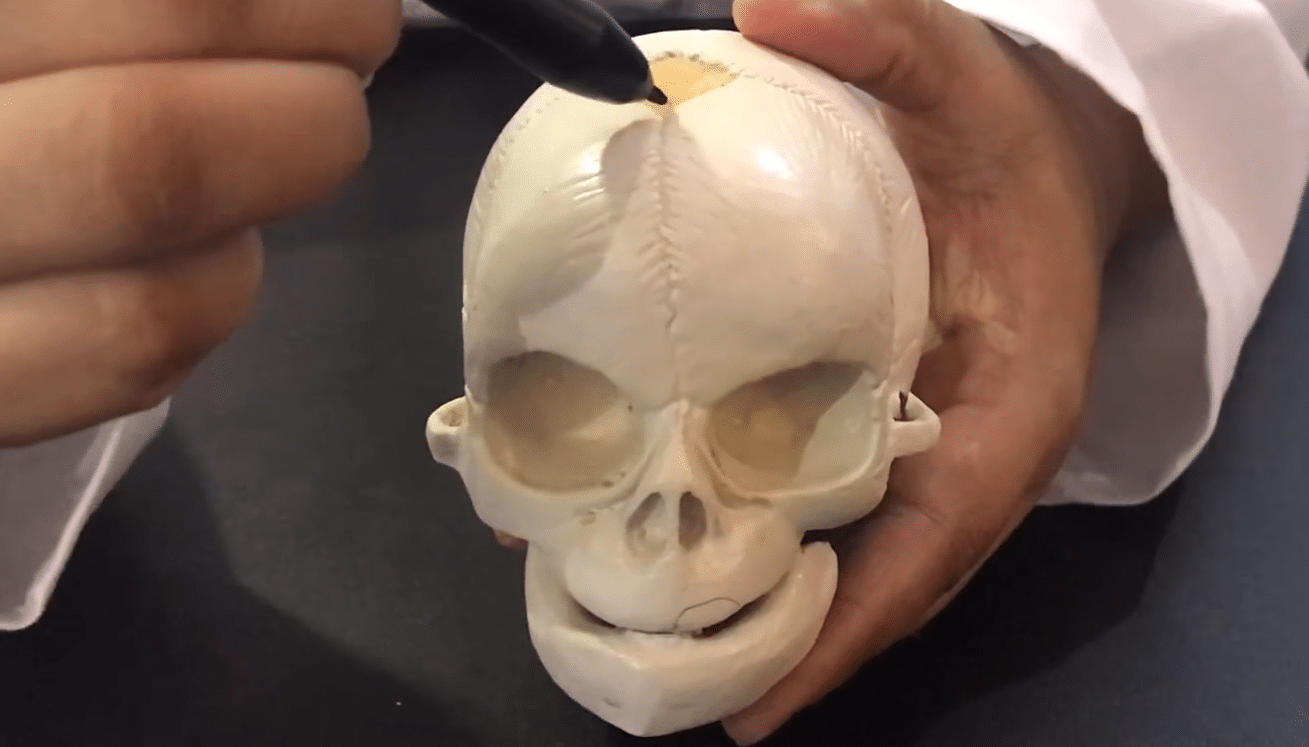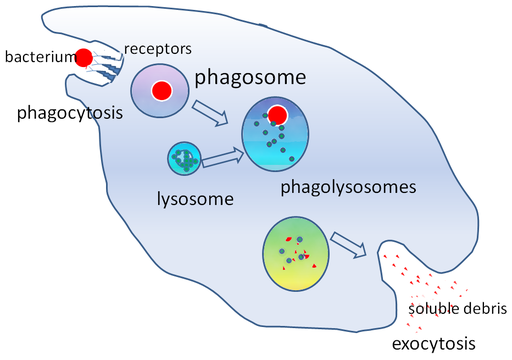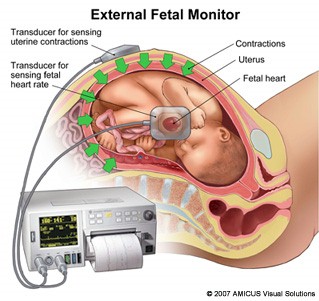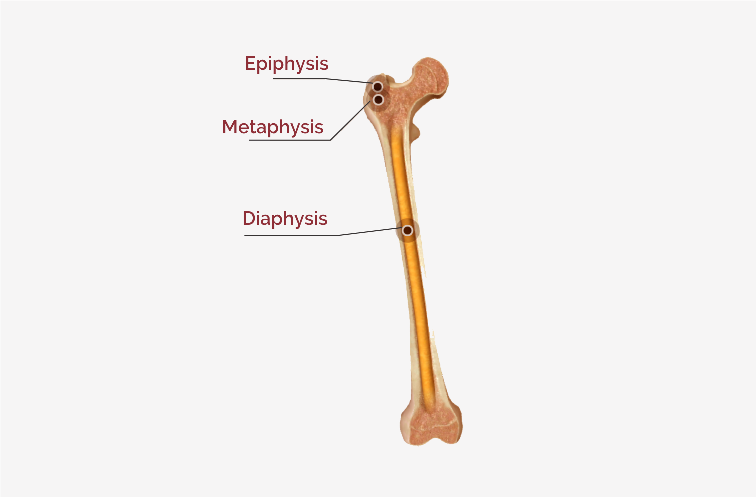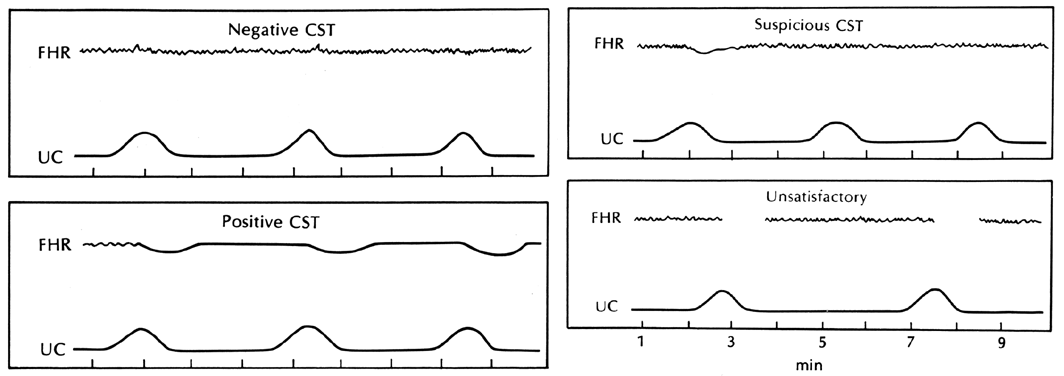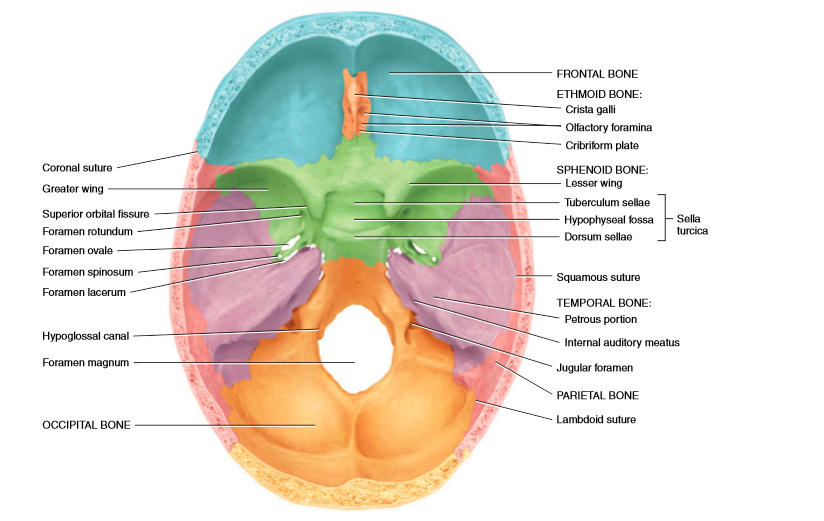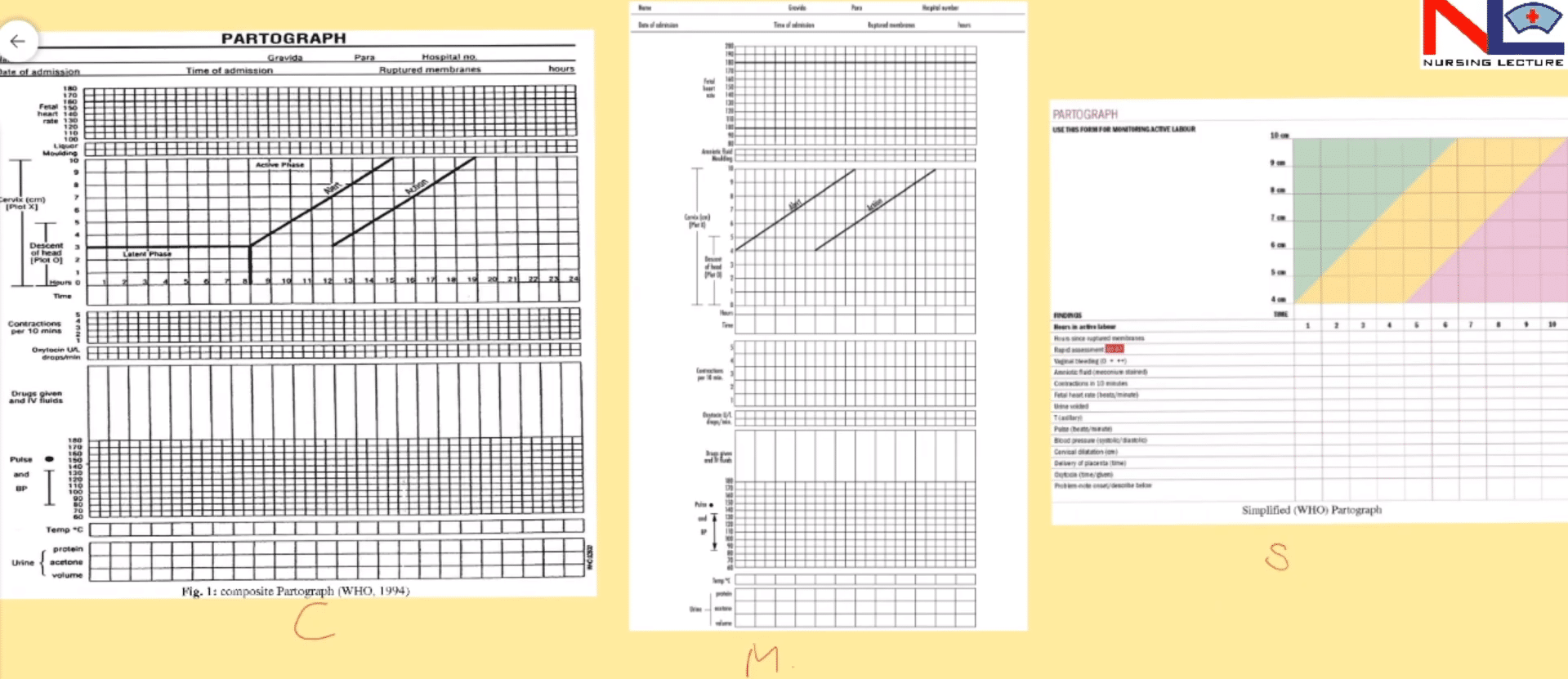Male Reproductive System- Scrotum & Testes
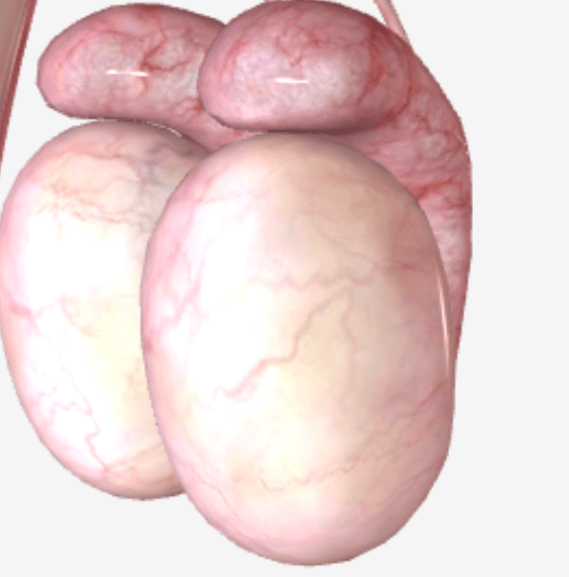
The Male Reproductive System consisting of the male gonads-testes, reproductive ducts– epididymis, ductus deferens, ejaculatory ducts, and urethra, accessory sex glands– seminal vesicles, prostate & bulbourethral glands or the supporting structures the scrotum & penis.
The testes (male gonads) produce sperms, the reproductive ducts transport, store & mature the sperms, scrotum supports the testes & penis ejaculate the sperms into the vagina.
Scrotum
-The scrotum is the supporting structure for the testes, lies outside the pelvic cavity, formed by loose skin and subcutaneous layer from the root of the penis, is a single pouch of skin separated by a median ridge called the raphe. The scrotal septum formed by the subcutaneous layer and the dartos muscle divides the scrotum into two sacs internally, each containing a testis. Each testis in the scrotum is surrounded by a cremaster muscle that is an extension of the internal oblique muscle through the spermatic cord.
-Its muscle fibers regulate the temperature of the testes. Normal sperm production requires about 2–3⁰C below core body temperature but during cold weather, the cremaster and dartos muscles contracts & moves the testes closer to the body, where they can absorb body heat. The contraction of the dartos muscle causes the scrotum to become tight which reduces heat loss.
Testes
- The testes are paired oval male glands in the scrotum measuring about 5 cm long and 2.5 cm in diameter. Each testis has a weight of 10–15 grams.
- A serous membrane called the tunica vaginalis, covers the testes. Internal to the tunica vaginalis is a white fibrous capsule made of dense irregular connective tissue, the tunica albuginea, which extends internally, forming septa that divide the testis into a series of compartments called lobules, of about 200–300. In each lobule is one to three tightly coiled tubules, the seminiferous tubules, where the sperm is produced.
- The process in which the seminiferous tubules produce sperm is called spermatogenesis.
- The seminiferous tubules contain two types of cells- spermatogenic cells, sperm-forming cells, and Sertoli cells, which support sperm cells. Stem cells called spermatogonia develop from primordial germ cells that arise from the yolk sac and enter the testes during the fifth week of development.
- The primordial germ cells differentiate into spermatogonia, which start producing sperm at puberty, the mature cells primary spermatocytes, secondary spermatocytes, spermatids, sperm cells are formed & then released into the lumen of the seminiferous tubule.
- Embedded Sertoli cells in the seminiferous tubules, support and protect developing spermatogenic cells by nourishing them, phagocytize excess spermatid cytoplasm and control their release into the lumen of the seminiferous tubule. They also produce fluid for sperm transport & secrete the hormone inhibin.
- In the spaces between seminiferous tubules are interstitial cells or Leydig cells, which secrete testosterone, which promotes the development of masculine characteristics. It is synthesized from cholesterol in the testes. At puberty, testosterone bring about the development and enlargement of the male sex organs and the development of masculine secondary sexual characteristics these are muscular and skeletal growth that results in wide shoulders and narrow hips, facial and chest hair and hair on other parts of the body thickening of the skin, increased sebaceous (oil) gland secretion and enlargement of the larynx with deepening of the voice.
- The paired testicular arteries arise from the abdominal aorta, descend through the inguinal canal, & external genitalia of the male is supplied by the internal pudendal artery a branch of the internal iliac artery.
- The right testicular vein joins the inferior vena cava & left testicular vein, joins the left renal vein instead of the inferior vena cava.
Sperm
- A sperm is adapted for reaching and penetrating a secondary oocyte.
- 300 million sperms every day completes the process of spermatogenesis.
- The parts of sperm are the head and the tail. The pointed head of the sperm is 4–5 micrometer long containing nucleus which is covered by the acrosome, a caplike vesicle filled with enzymes that help in penetrating secondary oocyte, the enzymes are hyaluronidase and proteases. The tail of a sperm is subdivided into- neck, middle piece, principal piece, and end piece. The neck is the constricted region behind the head that contains centrioles. The middle piece contains mitochondria which provide the energy (ATP) for locomotion of sperm to reach the site of fertilization and for metabolism. The principal piece is the longest portion of the tail, and the end piece is the terminal, tapering portion of the tail. Once ejaculated, most sperms do not survive more than 48 hours within the female reproductive tract.
For better understanding, you can also watch this video

